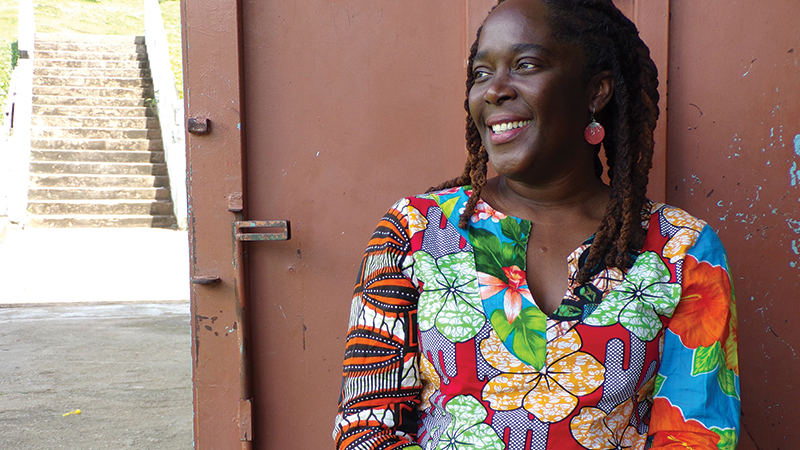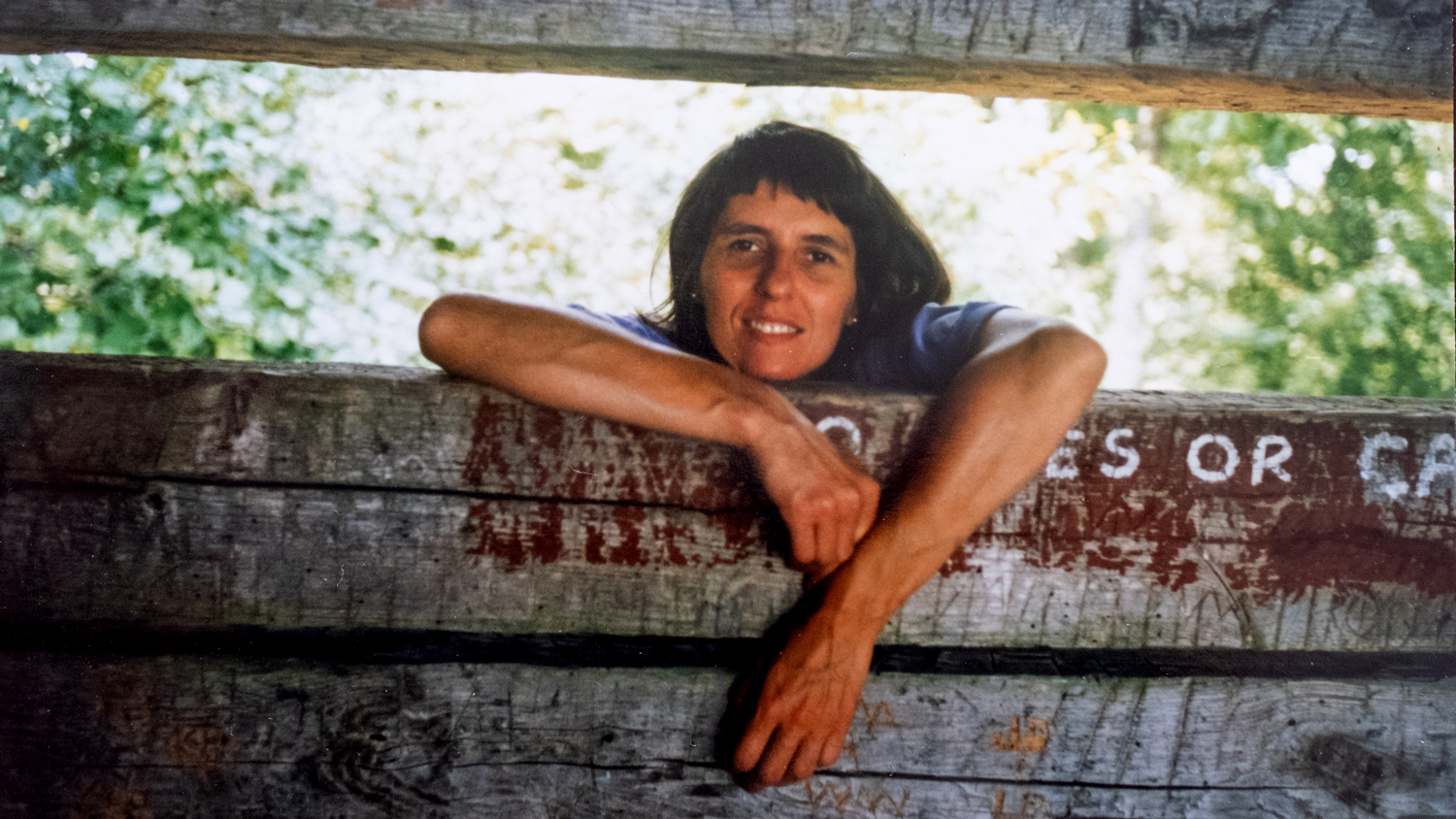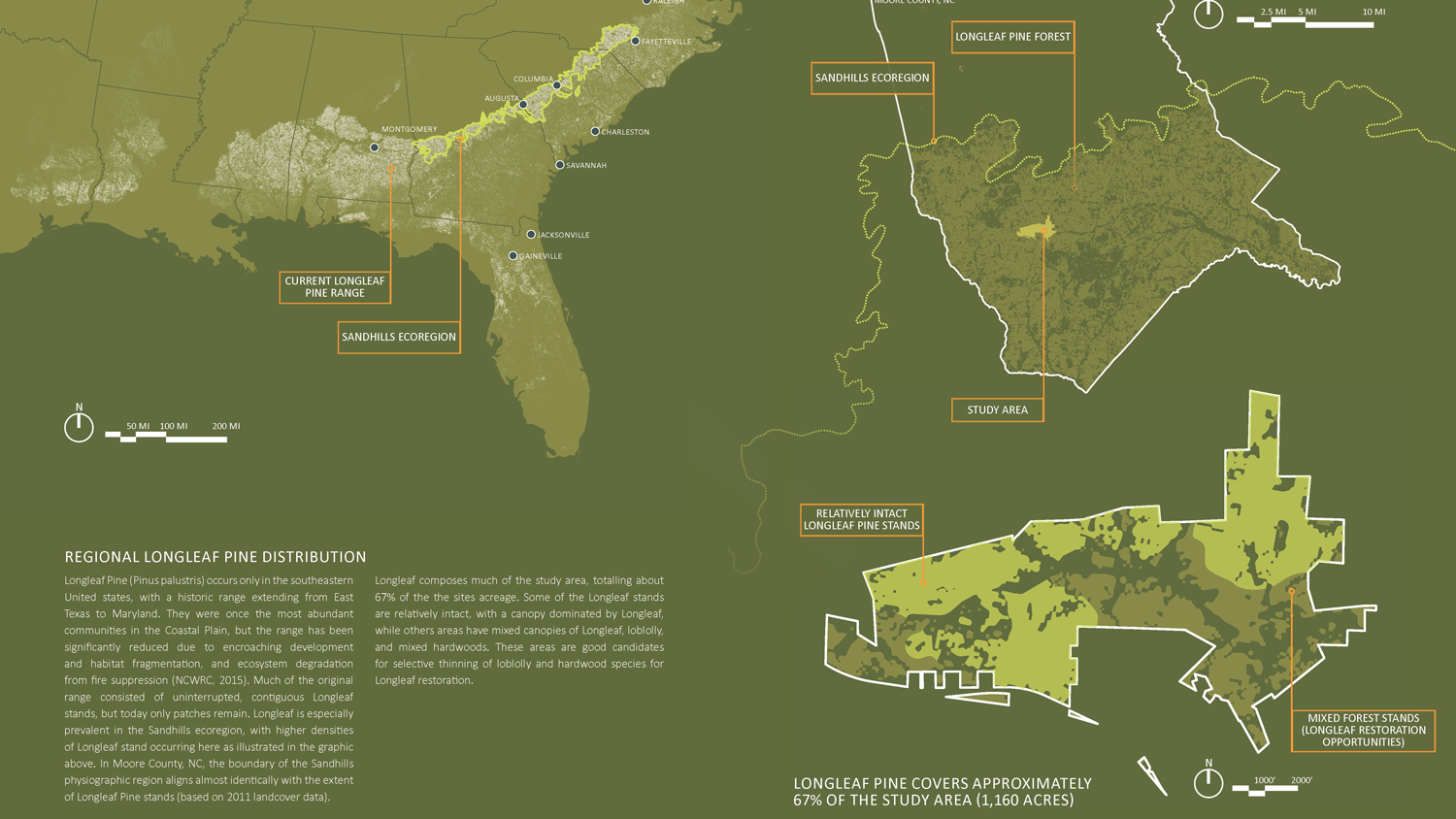Impacting Education with Design Thinking
Lesley-Ann Noel [PhD ’18] is determined to change the educational model in primary educational curriculum to empower students and teachers to “be curious, and to learn in a different way using design thinking.” She earned her undergraduate degree in industrial design, a master’s in business administration, and had a successful career as a consultant, designer, and most recently as a lecturer at the Department of Creative and Festival Arts and the Arthur Lok Jack Graduate School of Business, both at the University of the West Indies, St. Augustine Campus. Noel is a native of Trinidad, a mother of a fourth grader, and a Fulbright Scholar who is working towards her PhD in Design—with the intent of making a difference.
Noel’s research focus is design education and practice, specifically in the Republic of Trinidad and Tobago, and how design thinking can be used to improve primary-level education by engaging various types of learners through active problem-based learning exercises. “In my research, I am trying to use design thinking as a base for a different education paradigm for the fourth grade,” she states. She is substantiating her research through the lenses of critical pedagogy (CP). This teaching approach attempts to provide a platform for students or learners to question biased standards and practices and to explore options that are better suited to their personal needs and the community.
For more than 20 years, Noel has been involved in design education and has questioned standards and learning objectives she feels are biased. “Our elementary school system is rigid,” she emphasizes. “Students immediately have to come from curiosity and exploration in preschool into this rigid system where they have to start memorizing math facts, sit, and listen to a teacher—there are so many rules.”
“Students immediately have to come from curiosity and exploration in preschool into this rigid system where they have to start memorizing math facts, sit, and listen to a teacher—there are so many rules.”
This format is teacher-focused, and Noel would like to see students have more of a voice. “These questions concern me in my thesis and my practice as an educator. To deal with that, you need to empower curriculum.”
This past summer, Noel’s research took her back to Trinidad, where she conducted a voluntary three-week, hands-on design camp with a local school on academic watch. The school is run by the Anglican church and located in a very rural area with an economically challenged population. The design camp was free and offered during the summer holiday, however, “the principal and a few teachers shared that as long as the school gates are open, there are children there, just looking for something to do. Children want to be there, as there are not a lot of extracurricular activities for them in this community,” Noel explains.
While developing the camp curriculum and activities, Noel was interested in learning about student empathy and critical thinking and how the introduction of design thinking and active-based learning can empower students “to identify problems in their community and in their schools using design thinking methods.” She piloted some of her exercises during last summer’s Design Camp, held at the College of Design. The activities included open discussions and conversations; the opportunity for students to develop their own design projects based on interviews; the creation of a persona to try and understand target groups; journey maps, brainstorming, journaling, and feedback.
“I’m actually describing the process and giving them the power to name the process, rather than just saying, ‘this is how we do design.’ Using design thinking in an empowering way, they [design camp students] will start with problems that may be related to themselves or how to improve their own lives. They first need to identify the problem, brainstorm the problem and develop solutions, possibly test the solutions, then collaborate and provide feedback with each other,” she says. “My hope—maybe a grand hope—is that the children will see possibilities they hadn’t seen before and filter these back into their school work and want bigger things in life. If schools start to do better, maybe it can impact national curriculum. I’m hopeful.”
Noel is back from Trinidad with completed research. “[Design camp] was a great experience, and it was challenging,” she admits. “Operating in a small school with limited resources, I got to understand why the current education system is what it is. I still don’t agree with it.” She believes the conditions of class sizes of 25 to 30 students can be problematic, and adds, “this is why they [school administrators and educators] use the top-down approach.” It can be difficult for an educator to manage and keep all students on the same task when there are some who learn differently or have variable skill levels and interests.
With the intent of empowering students, Noel organized the classroom with groups of tables instead of front-facing rows of desks. This promoted a more interactive classroom and encouraged conversation and collaboration among the students. The research assistant working with Noel, a special education teacher in Trinidad, was wary of this set-up. “From her perspective, the students had too much freedom and power,” Noel explains. But instead, “the students were able to manage all of the space we gave them. They were able to impart the curriculum, and by the end of the third week, they wanted a day off, and they voted,” she says. The students said that they wanted the freedom to paint instead of working on designing something specific. “This is the kind of empowerment that I was hoping for—they were able to say, ‘this is what we want to do,’ and to then actually see an action that happened as a result of their advocacy.”
“This is the kind of empowerment that I was hoping for—they were able to say, ‘this is what we want to do,’ and to then actually see an action that happened as a result of their advocacy.”
The students were required to journal about their experience and express their feelings. At the end of each week, Noel engaged them in focus-group sessions where open dialogue and feedback were expected. Much of this will be included in her formal research in addition to observations, project outcomes, and input from administrators and educators who were involved. She looks forward to delving into all the research and feedback. “This is just a starting point, and there is a lot more work that has to be done,” she acknowledges. She wants to return for further research and to seek collaborations to “scale the project up” and visit other schools ”to understand how to make this type of intervention a lot more realistic.”
Noel also found evidence of low self-confidence in students’ willingness to share their ideas and provide input, as well as in their ability to draw. After three weeks, however, there was a noticeable boost. Empathy was also an area in which Noel would like to see intervention at an earlier age. In addition, she determined this was the appropriate grade level for critical thinking based on “the types of design problems they worked on and the way they did their research, and the way they broke apart problems and developed prototypes.
“I have data for six or seven papers, but I will only write three,” she says. “If I continue to work with the same school over a few years, we may be able to see what happens to their performance levels, what happens to the children as they progress in grades? We will be able to understand things better over a period of time, and future research has to be longer—not just three weeks—but maybe longitudinal studies, over time.”
- Categories:



